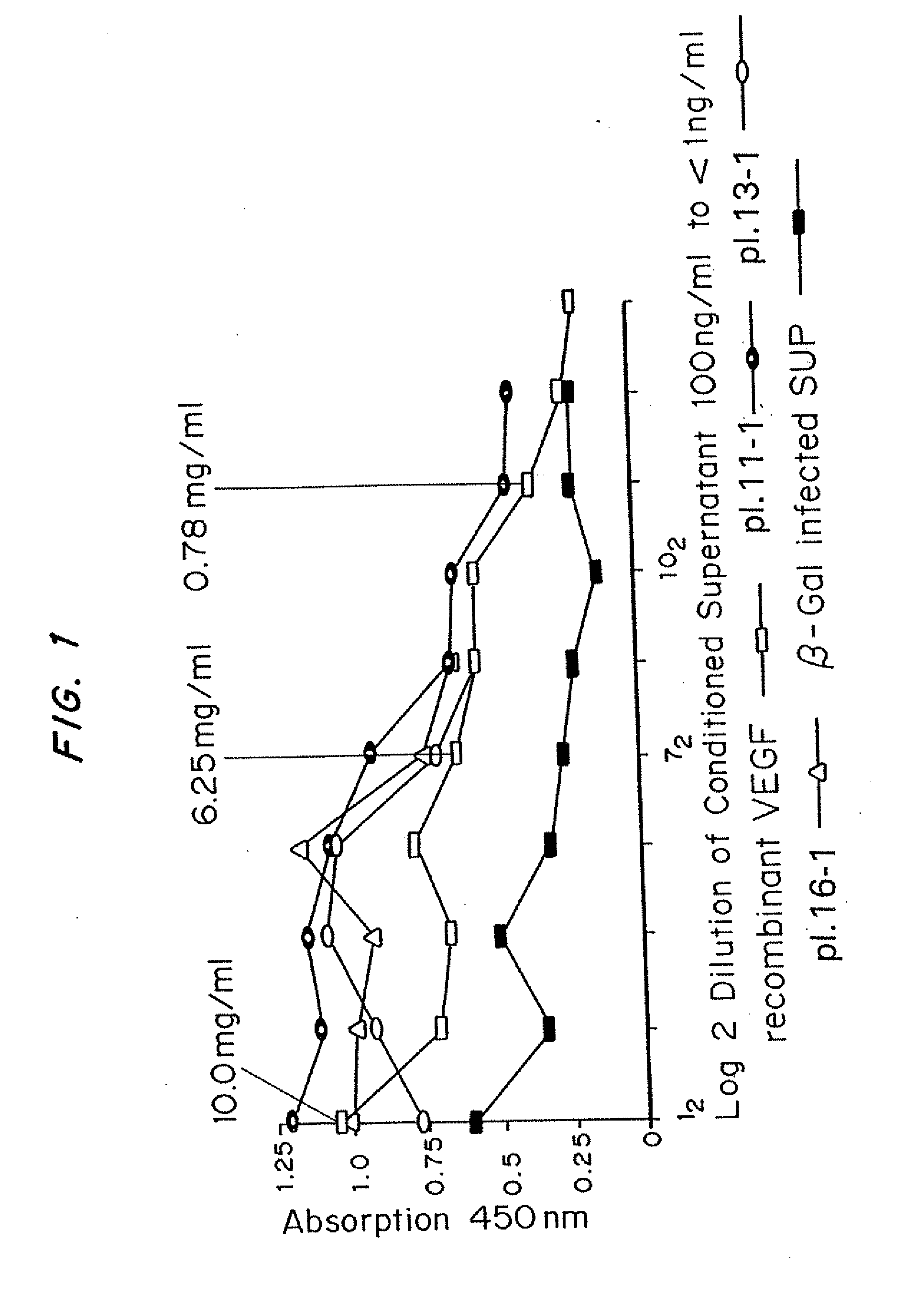Method for treating diabetic ulcers
a diabetic ulcer and ulcer technology, applied in the field of tissue engineering, can solve the problems of increasing and affecting the normal function of the body, so as to improve the quality of life, improve the effect of vascular function, and reduce the risk of further amputation
- Summary
- Abstract
- Description
- Claims
- Application Information
AI Technical Summary
Benefits of technology
Problems solved by technology
Method used
Image
Examples
example 1
Non Diabetic Wounds are Angiogenic Dependent and Have Delayed Contraction with Angiogenic Inhibitors
[0050]There are multiple stimuli for angiogenesis in the first few hours after a wound is created, but it is usually 3 days before new vessel formation can be visualized histologically in the wound. Throughout the wound healing process, angiogenesis maintains a critical role in the healing response (Brem, et al., Bone Formation and Repair American Academy of Orthopedic Surgeons / Rosemont, Ill., 1994. pp 213-222; Arbiser. J Am Acad Dermatol 1996; 34:486-497; Pettet G, et al., Proc R. Soc Lond 1996; 263: 1487-1493; Arnold, et al., Pharmacol Ther 1991; 52:407-422; Seifert, et al., Explorer Mol Pathol 1997; 64:31-40; Folkman, Growth Factors: From Genes to Clinical Application. Karolinska Institute Nobel Conference Series. New York, N.Y., Raven Press, 1990, pp 201-216; Folkman, et al., Inflammation: Basic Principles and Clinical Correlates, ed 2. New York, N.Y., Raven Press, 1992, pp 821-83...
example 2
The Viral Vector
[0053]The human cDNA for VEGF was cloned into a recombinant adenovirus vector. Human umbilical vein endothelial cells (HUVEC) were harvested from fresh umbilical cords using a 0.2% collagenase solution in Hanks Balanced Salt Solution (HBSS) for 20 minutes at room temperature. The cells were washed with HBSS and plated on collagen-coated (1% in PBS) tissue culture dishes in M13 medium supplemented with 20% FBS and 1 mg / ml of bFGF, HUVEC from a confluent 10-cm plate were homogenized and total RNA was extracted with the RNEASY™ kit from QIAGEN® Inc. First strand of cDNA was amplified from the RNA by RT-PCR with oligo-dT primers using the SUPERSCRIPT™ II RT PCR kit from LIFE TECHNOLOGIES®. The full-length human VEGF cDNA was then amplified by PCR with appropriate primers (sense 5′-CCCAAGCTTGCCGCCGCCATGAACTTTC TGCTGTCT-3′ (SEQ ID NO:1); Hind III linker antisense, 5′-GCTCTAGAATCTGGTTCCCGAAACCCTGA-3′ (SEQ ID NO:2), Xba I linker) using pfu (plaque forming units), DNA polymer...
example 3
ADV-VEGF Leads to Angiogenesis
[0062]Mice received subcutaneous injections of ADV-VEGF in one thigh and ADV.LacZ in the other. At various time intervals, these mice were sacrificed and perfusion-fixed. The thighs were harvested and processed for histology and immunohistochemistry. Histology revealed no significant changes in the control (ADV.LacZ)P group and marked presence of new blood vessels in the ADV-VEGF group.
[0063]Thus, it was established that ADV-VEGF infected cells secreted human VEGF165 and that this protein product stimulated endothelial cell proliferation in vitro and angiogenesis in vivo, without local necrosis.
[0064]Examples 4-7 use a mouse model. For all mouse wound experiments, mice were purchased from Jackson Laboratories, and housed one per cage. Animals were anesthetized in a chamber in preparation for all experiments and shaved the day before experimentation. Full thickness wounds were made with a template of 0.8 or 1.4 cm in diameter. All wounds were created in ...
PUM
| Property | Measurement | Unit |
|---|---|---|
| Fraction | aaaaa | aaaaa |
| Time | aaaaa | aaaaa |
| Time | aaaaa | aaaaa |
Abstract
Description
Claims
Application Information
 Login to View More
Login to View More - R&D
- Intellectual Property
- Life Sciences
- Materials
- Tech Scout
- Unparalleled Data Quality
- Higher Quality Content
- 60% Fewer Hallucinations
Browse by: Latest US Patents, China's latest patents, Technical Efficacy Thesaurus, Application Domain, Technology Topic, Popular Technical Reports.
© 2025 PatSnap. All rights reserved.Legal|Privacy policy|Modern Slavery Act Transparency Statement|Sitemap|About US| Contact US: help@patsnap.com


